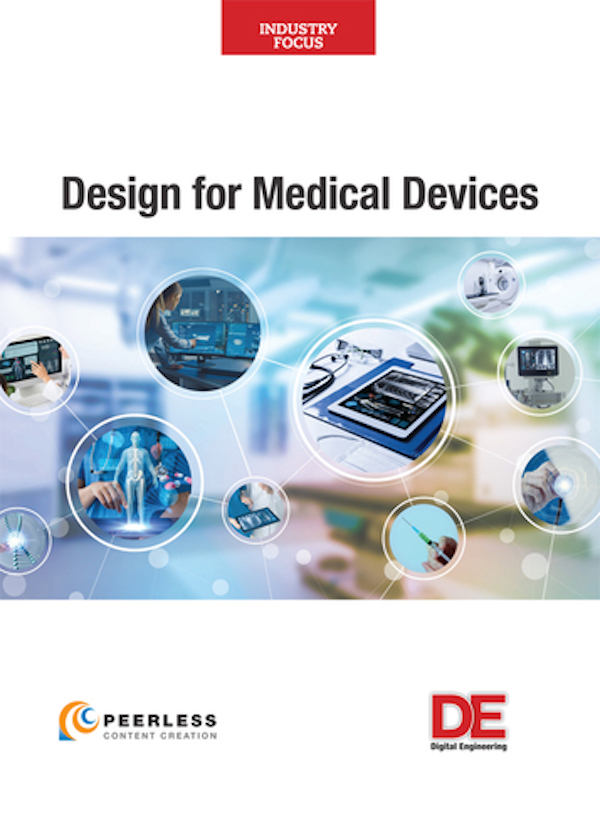Sigma Labs Launches PrintRite3D Production Series
New production dashboard and AI-driven metrics provide real-time information as 3D printing alternatives accelerate due to worldwide crisis.
Latest News
March 31, 2020
Sigma Labs, Inc., a developer of quality assurance software for the commercial 3D printing industry, has launched Printrite3D Production Series that introduces the Production Dashboard and provides production managers with metrics, insight and actionable information during the production process.
This launch comes at a time when many predict that the use of 3D printing of metal parts will increase in response to COVID-19 and the effect of the pandemic on U.S. manufacturing, especially with manufacturers that rely on complex supply chains.
3D printing is more agile and rapid in development and execution than traditional manufacturing methods and can be performed proximate to where the end product is needed, making it much more responsive in times of crisis, the company says. PrintRite3D Production Series enhances this speed and agility by truncating the design and development process and accelerating the 3D manufacturing machine qualification and has the added advantage to remotely monitor production in real-time from anywhere in the world.
“PrintRite3D Production Series is the culmination of years of internal research and development and radical collaboration with our customers,” says Mark K. Ruport, executive chairman of Sigma Labs. “We believe it will be seen as a major advancement for the additive manufacturing industry just as 3D printing of metal parts will be tested and challenged to fulfill the promise of being the next revolution in manufacturing.”
Sigma's technology is machine agnostic and runs on most major brands of 3D metal printers. PrintRite3D Production Series, which will be available in April, introduces an intuitive dashboard that provides in-process quality metrics and actionable information to production managers during the production process including the following.
Automated In-process Quality Metric (IPQM) based alerts. These allow production managers to use custom metric thresholding for part and process quality decision making. In real time, the process engineer can know that the process was in control and the production manager can know the part yield predictive performance, ensuring maximum efficiency of the manufacturing process.
IPQM trained with machine learning algorithms using micro CT-based on standard additive defects. This can identify and classify known porosity modes such as, Lack of Fusion, Key Hole, Spherical Porosity and Foreign Inclusions. The process engineer can begin to qualify and certify the IPQMp as a proxy for micro CT, thereby reducing the post process measurement burden, and in real time monitor the predictive defect modes.
High-resolution IPQM “medical grade” forensic analysis in 3D for process engineering part anomaly investigation, provides a level of granularity during the build process that until now was unattainable. Using the Production Dashboard, the process engineer can begin continuous process improvement by virtue of forming a deeper understanding of the nature of 3D anomalous IPQM signature morphologies.
PrintRite3D Production Series can be utilized remotely by production managers and operators to monitor, analyze and intervene in real time production as required from any location around the globe.
“Bringing Sigma's technology down to the manufacturing floor to be used by production managers to monitor the 3D printing process is a major step forward for the AM industry,” comments Dr. Prveen Bidare, technical research officer in Hybrid Manufacturing at the University of Birmingham. “PrintRite3D Production Series addresses one of the critical barriers of the industrialization of additive manufacturing and puts highly sophisticated tools in the hands of the printer operators. Additionally, the fact that Sigma's technology can be used today on 3D printers from multiple manufacturers to provide a consistent standard of quality assurance, allows manufacturers to deploy the technology throughout their supply chain.”
Sources: Press materials received from the company and additional information gleaned from the company’s website.
Subscribe to our FREE magazine, FREE email newsletters or both!
Latest News
About the Author
DE’s editors contribute news and new product announcements to Digital Engineering.
Press releases may be sent to them via DE-Editors@digitaleng.news.





